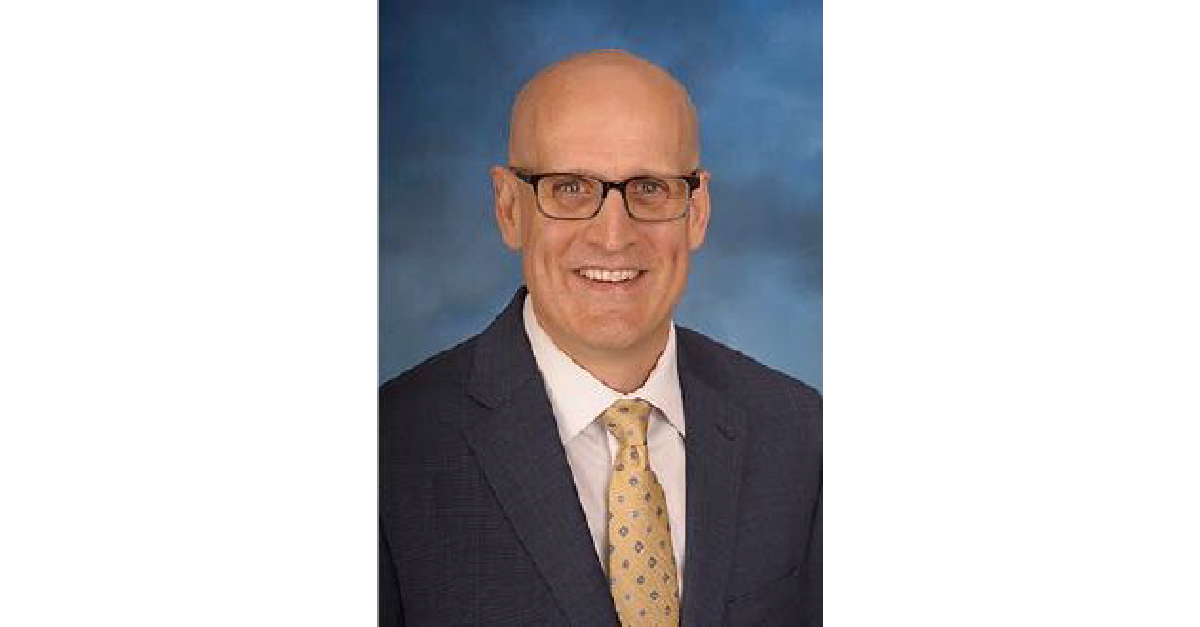The term social inflation is hardly new — Warren Buffett trotted it out in a 1977 letter to Berkshire Hathaway shareholders — but the term has a new resonance as insurers grapple with a disturbing growth in claims.
Actuaries attending “Social inflation: The rising costs of insurance claims as a result of societal trends and views,” a virtual session at the CAS Spring Meeting in May, got an overview of the topic — what it is, how it’s growing, why it’s happening and what can be done about it.
David Corum, vice president of the Insurance Research Council, documented the rise of the phenomenon. Dana Franzetti, head of P&C reinsurance claims, U.S., at Swiss Re, discussed the role of plaintiffs’ attorneys and the legal strategies to overcome it, and William Finn, FCAS, senior vice president and chief actuary of Hanover Insurance, discussed the role that actuaries can take in diagnosing and addressing the issue.
Speaking first, Corum noted that Buffett said social inflation was “a broadening definition by society and juries of what is covered by insurance policies.” The problem may have ebbed after Buffett spoke, and plaintiffs’ attorneys say the term is used as an excuse to “distract the public from unrelated economic decisions.”
Corum said his research showed “alarming” trends in liability lines.
Commercial auto losses, which had grown just 1.0% annually from 2009 to 2014, grew 10.9% a year from 2014 to 2018. Product liability and other liability lines suffered similar upticks, Corum noted. All of them grew considerably faster than the gross domestic product and the consumer price index. His research also pointed to signs of social inflation in medical malpractice and personal auto bodily injury liability.
Speaking first, Corum noted that Buffett said social inflation was “a broadening definition by society and juries of what is covered by insurance policies.”
Why is it happening?
People are more motivated to seek compensation for losses, Corum said. People are angrier. The Gallup Organization periodically polls people on how angry they felt the day before the pollster visited. In 2020 38% said they had been angry, which is more than twice as many as in 2017.
“We don’t know what people are angry about,” he said, but “anger is a factor that determines claiming behavior.” Researchers have found people with higher levels of anger are more likely to file personal injury lawsuits.
Society trusts business less, he noted; only the media and Congress rate lower in public esteem, according to polling by the Pew Research Center. “These deteriorating attitudes might motivate more persons to file personal injury claims,” he said.
Meanwhile, Americans have become more tolerant of litigation. The percentage of people agreeing that there are too many lawsuits fell markedly from 2016 to 2018, according to surveys by DecisionQuest, a jury consulting firm.
There’s also evidence that people are becoming more litigious, even in areas like no-fault auto insurance, which was designed to minimize the need for attorneys. Insurance Research Council work shows attorney involvement in no-fault claims rose steadily between 2007 and 2017.
And attorney advertising seems to be on the rise. Chicago, Los Angeles, New Orleans and Philadelphia all posted steep increases in lawyers advertising on local broadcast stations between 2016 and 2019.
Attorneys are increasingly receiving financial support from investors, Corum said, as the legal doctrine of champerty, which forbids third parties from financing plaintiffs, erodes. Venture capitalists and other investors help bankroll the pursuit of a lawsuit, in exchange for a percentage of a settlement. Corum called it a “major factor in social inflation.”
“This changes the fundamental dynamics of a lawsuit by neutralizing the plaintiff’s incentive to settle a claim,” he said.
Claims manager Franzetti focused on the new strategies the plaintiff’s bar has undertaken.
They work together more, she said: “They figuratively unionized.”
In the past, “they wouldn’t necessarily share what they were doing.” Now they understand “if the attorney down the hall gets a big verdict, that’s good news for them all.”
They share names of witnesses and claims adjusters, transcripts of depositions — all to provide a roadmap for how to handle those same witnesses should they be deposed or testify again.
And they share when they will be making their opening statements, so fellow attorneys can file into the courtroom and sit behind the plaintiff. “That sends a subliminal message to the jury,” she said.
They remain consummate storytellers, but the story has changed. In the past, Franzetti said, they tried to get the jury to sympathize with the plaintiff. Now they want to make jurors angry at the defendant, and to persuade jurors that assuaging that anger will be a socially responsible action.
Plaintiffs’ attorneys have also developed new tactics to get at multi-million verdicts. They don’t focus on the total award. They break it into pieces. It’s not pain and suffering taken together; they endorse one calculation for pain (say $10,000 a month) plus another for suffering plus another for loss of enjoyment plus another for loss of consortium, and so on.
The defense can fight back, though.
It starts early in the legal process. Witnesses need to be prepared before they are deposed, because it is at that stage that plaintiffs’ attorneys assess how strong (and profitable) their cases can be.
Franzetti recommended that defense attorneys develop a counternarrative, an alternative to the anger-inducing tale plaintiff attorneys develop. When that doesn’t happen, Franzetti said, jurors “latch onto the story they understand — the one the plaintiffs have presented.”
And research is finding the conventional wisdom on defense behavior could stand tweaking. Franzetti noted that it is now considered OK if plaintiffs acknowledge they did something wrong. And it’s OK to suggest a settlement number to jurors. Without that, jurors will anchor the settlement to the number the plaintiff developed.
Actuaries can play a role in squashing social inflation, chief actuary Finn suggested. Up to now, he said, traditional actuarial techniques have not been especially helpful when the marketplace pivots.
He invoked the old joke that actuaries help direct insurance companies, the way a passenger can direct a car down the freeway by looking out the back window. “That works well,” he said, “when the road is straight.”
Social inflation presents a windy road, however, which he demonstrated by showing accident year results for commercial auto liability. From 2004 to 2009, initial loss estimates for the line were too high. Every year since, they have been too low.
Industrywide, analysis failed to recognize the impact of the recovery from the Great Recession, the increase in distracted driving, the new attorney strategies.
He said actuaries should be encouraged to be creative. Reserving actuaries should link their work to that of the claims department, particularly in developing analytic tools that help adjusters manage claims more efficiently. They need to advocate for data-driven decision making.
“We’re very reactive,” he said. “By the time we actuaries see it in the data, it’s too late.”

James P. Lynch, FCAS, has recently retired as chief actuary of the Insurance Information Institute.












